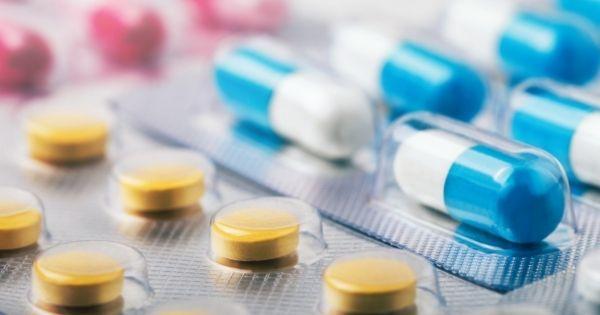
An impurity in pharmaceuticals is classified as any component that is not the entity defined as the drug substance. In addition, for a drug product, any component that is not a formulation ingredient is considered an impurity. There are three different types of impurities in pharmaceuticals that API manufacturing companies must be wary of. Below, we provide a more in-depth look at each of these three types of impurities.
Organic Impurities
Organic impurities are often process-related or drug-related pharmaceutical impurities. These types of contaminants are most likely to arise during the synthesis, purification, and storage of the drug substance. Organic volatile impurities are residual solvents that are produced during the synthesis of drug substances or in excipients used in the production of drug formulations. A few examples include starting materials, by-products, intermediates, degradation products, reagents, ligands, and catalysts.
Inorganic Impurities
Inorganic impurities often derive from the manufacturing process. These impurities are often reagents, ligands, catalysts, heavy or residual metals, inorganic salts, filter aids, or charcoals. Inorganic contaminants can be detected and quantified using pharmacopeial standards.
Residual Solvents
The third type of impurity in pharmaceuticals is residual solvents. These impurities are residuals of solvents present in the manufacturing process. Solvents used in pharmaceutical manufacturing are defined by three classes based on their toxicity. Class one solvents should always be avoided, as they are known to be human carcinogens or environmentally hazardous. Class two solvents should have limited use, as some levels of harmful toxicity may be present. Class three solvents have low toxic potential to humans and do not need a limit.
The three different types of impurities in pharmaceuticals include organic, inorganic, and residual solvents. Most of these impurities occur due to manufacturing processes, degradation, storage conditions, excipients, or contamination. Without identifying and eliminating impurities in pharmaceuticals, the quality, safety, and efficacy of drug products are put at risk.
